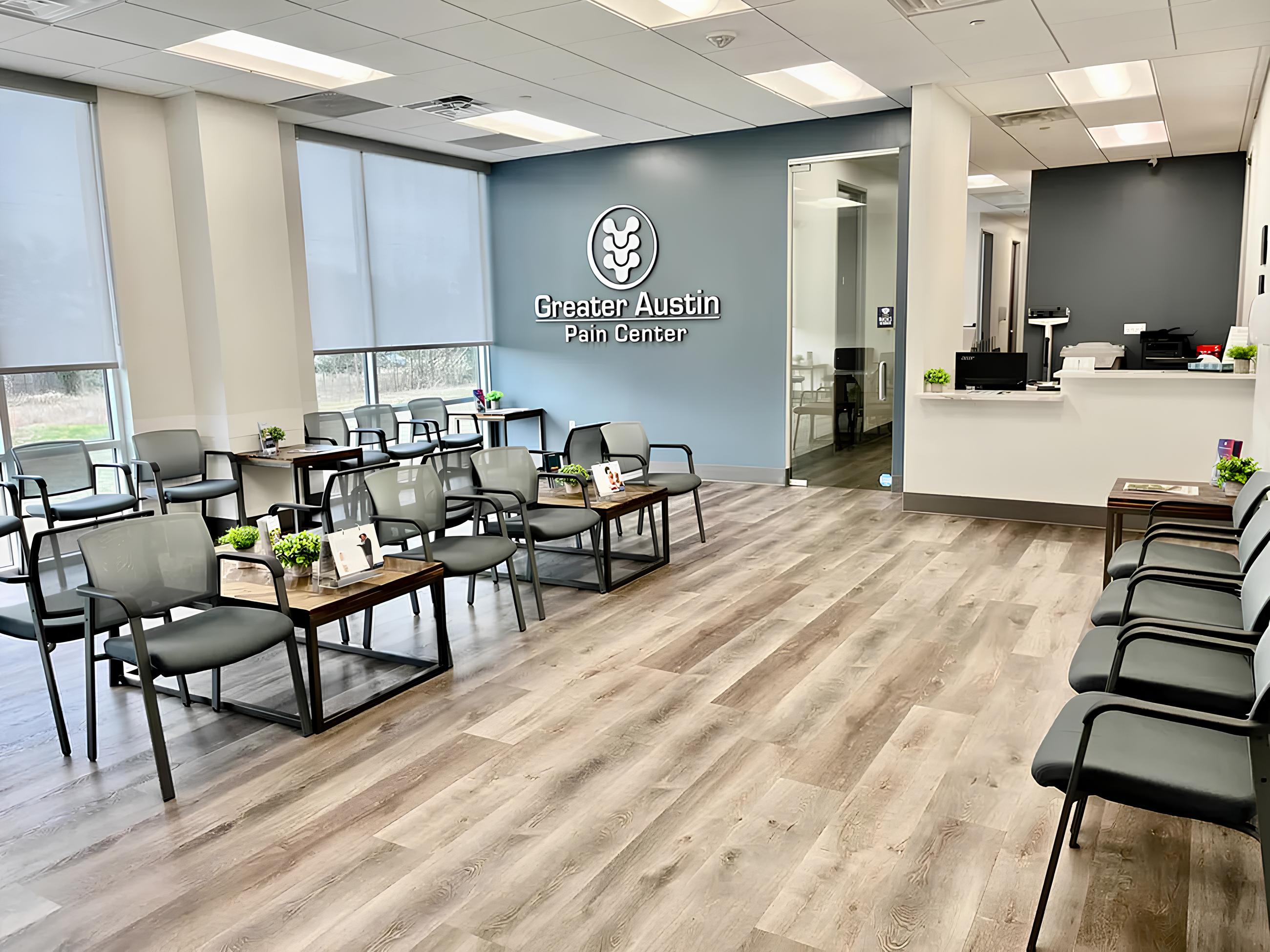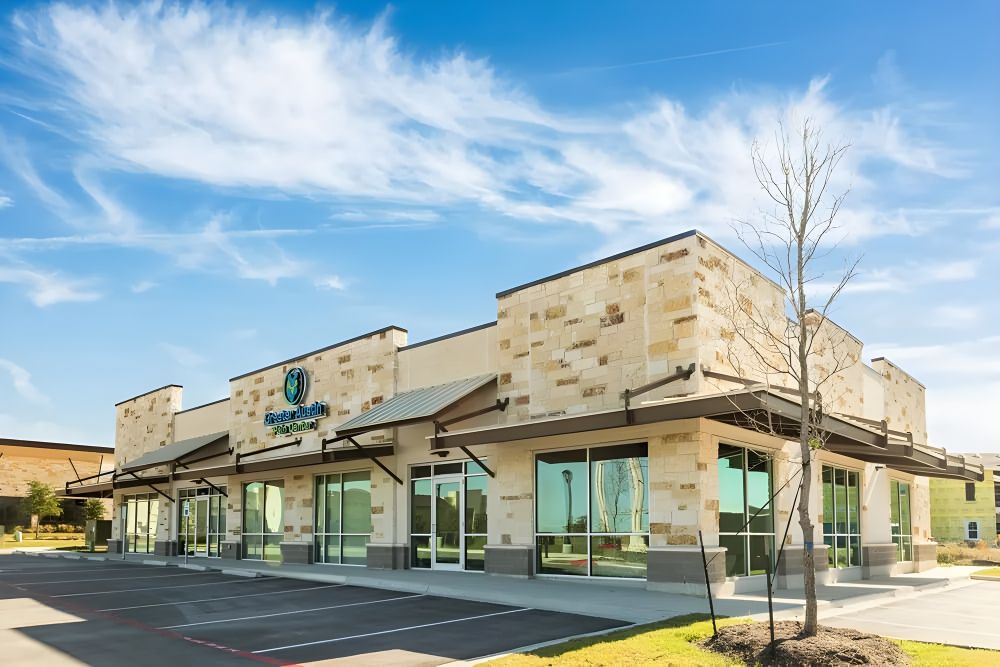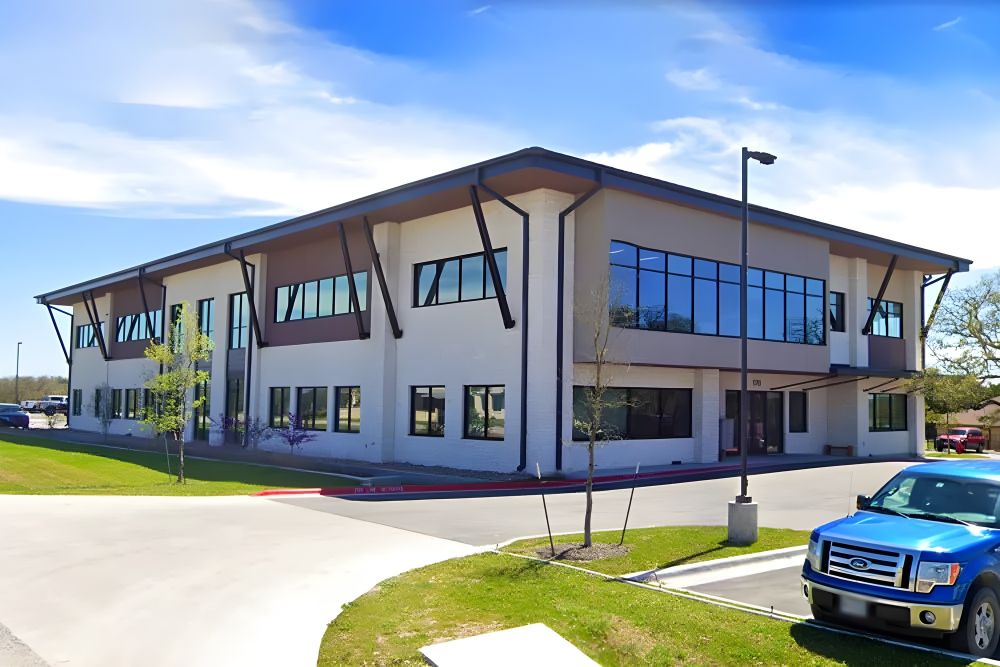At Greater Austin Pain Center, we believe that you should not have to suffer with chronic pain. The doctors at Greater Austin Pain Center are highly trained in the latest methods of pain management and will customize a treatment plan that provides lasting pain relief. No two people experience pain in the same way, so pain management is a highly individual course of treatment that may incorporate several approaches to relieve or eliminate your pain and improve your overall quality of life.
The doctors at Greater Austin Pain Center use a multidisciplinary approach to treat pain, take the time to truly listen to patients and understand their history before making a treatment recommendation that could include interventional procedures, behavioral health therapies, medication, or physical therapy.


















